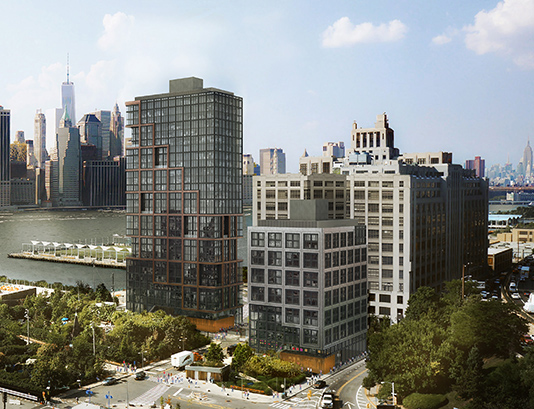Brooklyn Heights Association files lawsuit to halt Pier 6 project
Developer calls suit ‘frivolous’

The Brooklyn Heights Association (BHA) filed a lawsuit on Thursday to halt a controversial two-tower development planned for Pier 6 in Brooklyn Bridge Park.
BHA said in court paperwork that the park, the state and Pier 6 developers continue to act “in defiance of law by authorizing a private $500 million commercial real estate development” at the southern end of the park near the Atlantic Avenue entrance.
Named in the lawsuit are the Brooklyn Bridge Park Corporation (BBPC); Empire State Development Corporation (ESD) and its subsidiary, the Brooklyn Bridge Park Development Corporation; and developers RAL Development Services and Oliver’s Real Estate Group.

Brooklyn Heights
View MoreRead the Brooklyn Height's Press and Cobble Hill News. Find out more about Brooklyn Height's History here.